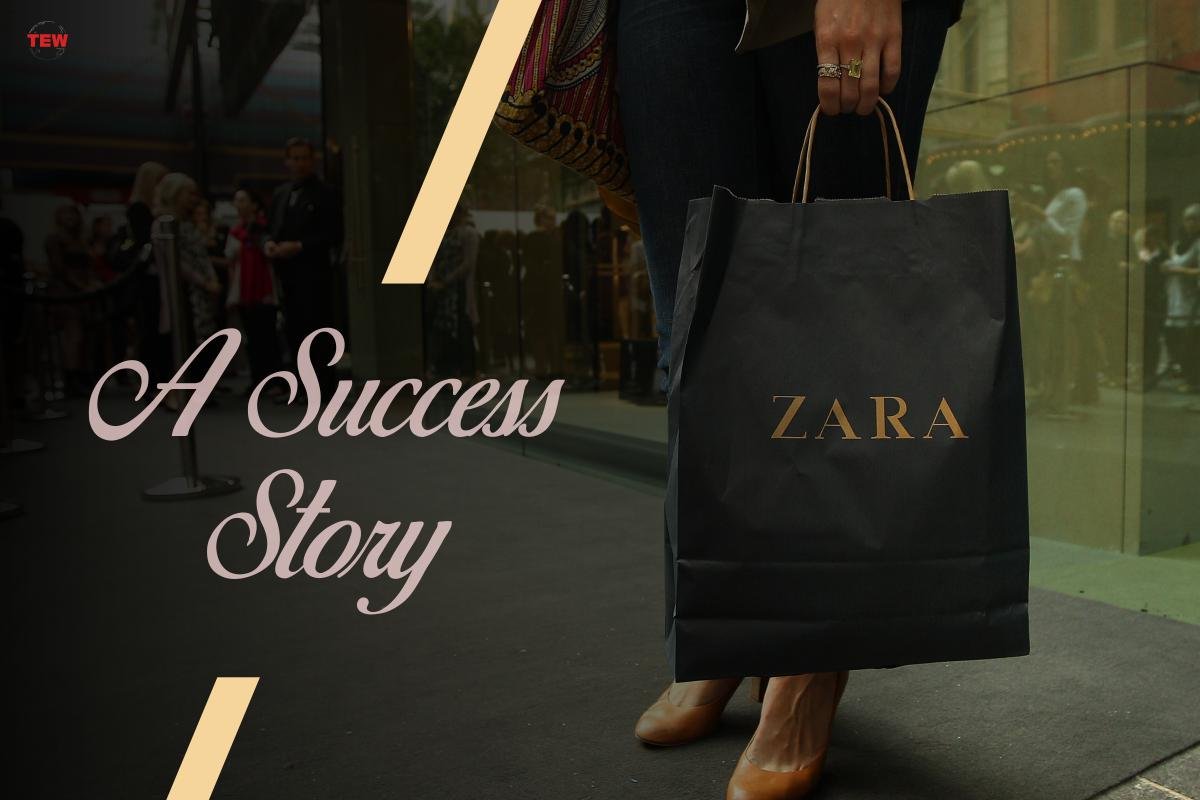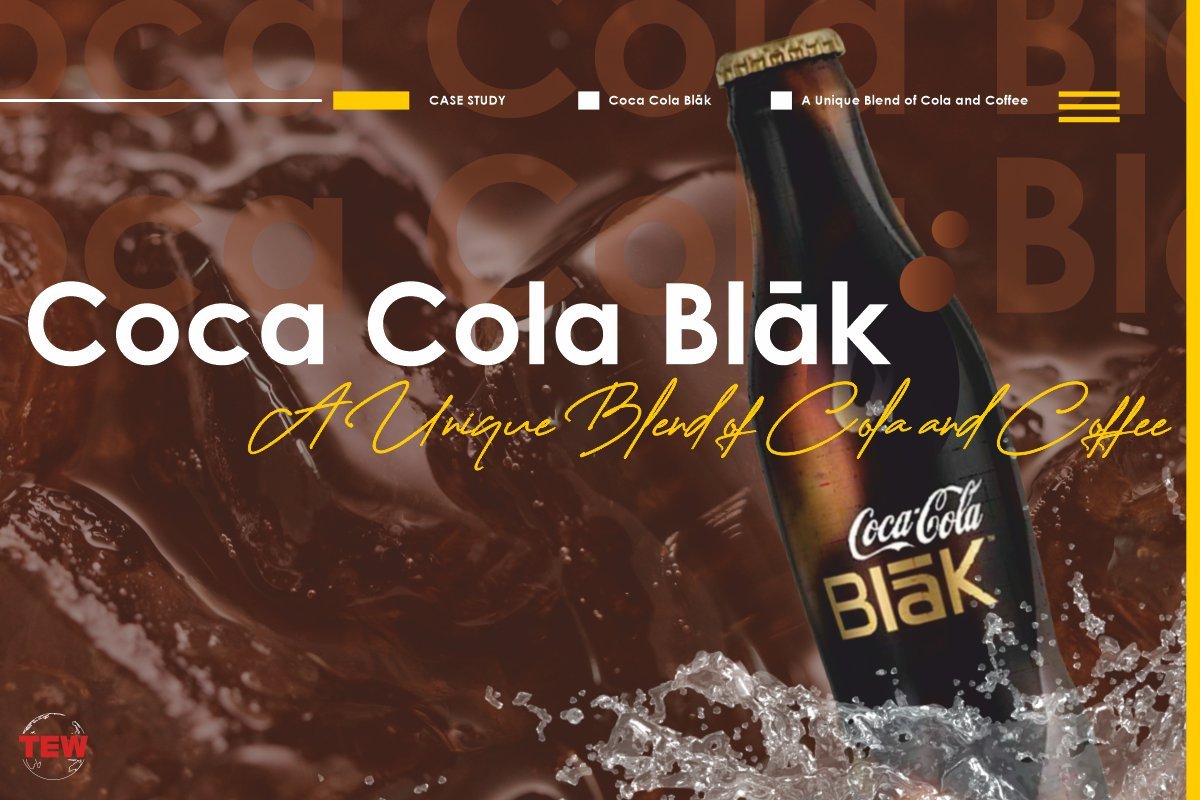Zara is one of the most popular fashion retail brands in the world, if not the most popular. Zara strives to foster a responsible enthusiasm for fashion among a broad range of consumers, distributed across many cultures and age groups, with its spectacular introduction of the notion of “quick fashion” shopping since its founding in 1975 in Spain. There are numerous variables that have led to Zara’s success, but one of its most important traits, which has helped it become the worldwide fashion giant it is today, is its ability to put consumers first. Customers are infatuated with Zara, and they have defined the firm and the brand’s ethos since the beginning.
The Evolution Story of Zara
Zara began as a family company in 1975 in downtown Galicia, in northern Spain, by Amancio Ortega and Rosala Mera. Its original store sold low-cost knockoffs of well-known, higher-end clothes and fashion. Zara was given to Amancio Ortega since his favorite name, Zorba, was already taken. Zara’s approach to fashion and business model gained popularity with the Spanish customer during the next eight years. As a result, nine additional outlets have opened in Spain’s major cities.
Inditex was founded in 1985 as a holding corporation, laying the groundwork for a distribution system capable of reacting fast to changing market trends. Ortega used the term “instant fashion” to describe a revolutionary design, production, and distribution approach that could shorten lead times and respond to new trends more quickly. Heavy expenditures in information technology, as well as the use of groups rather than individual designers for the essential “design” aspect, fueled this trend.
Zara continued actively expanding into worldwide markets in the next decade, including Portugal, New York, Paris, Mexico, Greece, Belgium, Sweden, Malta, Cyprus, Norway, and Israel. Zara stores may now be found in almost every developed country. Zara today has 2,264 shops in 96 countries, strategically situated in major cities. It is unsurprising that Zara, which began as a modest store in Spain, has grown to become the world’s largest fast-fashion retailer and Inditex’s main brand. According to Forbes magazine, Amancio Ortega, the company’s founder, is the world’s, sixth-richest man.
Currently, Inditex is recognized as the world’s largest fashion group as it has more than 174,000 employees operating in more than 7,400 stores in 202 markets globally including 49 online markets. The revenue of Inditex was USD 23.4 billion in 2019. Additionally, the other fashion brands in the portfolio of Inditex are:
- Zara Home: Zara Home was formed in 2003 and sells home products and design items. There are 183 marketplaces in which we operate, with 70 of them having storefronts.
- Pull & Bear: Pull & Bear is a casual, laid-back apparel and accessory brand for young people that was launched in 1991. It has 185 marketplaces, 75 of which have shops.
- Massimo Dutti: Massimo Dutti was founded in 1995 and sells high-end apparel and accessories to cosmopolitan men and women. It has 186 marketplaces, 74 of which have retailers.
- Bershka: It was formed in 1998 and blends urban trends with trendy fashion for young ladies and men. There are 185 marketplaces in which it operates, with 74 of them having shops.
- Stradivarius: In 1999, Stradivarius purchased a line of casual and feminine clothing for young ladies. There are 180 marketplaces in all, with 67 of them having shops.
- Oysho: Oysho was formed in 2001 and specializes in lingerie, casual outerwear, loungewear, and unique accessories. There are 176 marketplaces out of which 58 of them have storefronts.
- Uterqüe: It was created in 2008 and offers high-quality fashion accessories at reasonable pricing. There are 158 marketplaces in which we operate, with 17 of them having storefronts.
Apart from fashion businesses, Amancio Ortega has established Pontegadea Inversiones, a worldwide real estate investment company that maintains corporate offices in nine countries, including the United States (Seattle), the United Kingdom (London), France (Paris), Canada, Italy, and South Korea. Large corporations such as Facebook, Amazon, and Apple, as well as prominent luxury and retail brands, are housed in these corporate complexes.
The Remarkable Brand Strategy
Zara was ranked 29th among the finest global brands by global brand consultant Interbrand in 2019. Its main ideas may be summed up in four words: beauty, clarity, functionality, and long-term sustainability.
Zara’s success has been primarily attributed to its ability to keep up with fast-shifting fashion trends and incorporate them into its collections with minimal delay. Zara identified a large market vacuum that few apparel manufacturers had properly addressed from the start.
This was done in order to stay up with the newest fashion trends while also providing apparel collections that are both high quality and inexpensive. The brand keeps a close watch on how fashion is changing and on the latest trends that evolve across the world. Based on these ever-evolving trends and styles, Zara creates new designs and puts them into stores within a week or so. In comparison with other brands, most fashion brands would take nearly 6-7 months to get their new designs and collections into the stores.
This strategic ability to introduce new collections based on the latest trends in a rapid manner has helped the company to beat other competitors. It was because of these reasons that the brand became people’s favorite. It is especially beloved by the people who love to keep up with the latest fashion trends and styles.
Zara is known for producing clothes that survive the fashion trends for a month or two and here are three areas that the brand likes to concentrate on:
- Shorter lead times: Shorter lead times allow Zara to ensure that its stores have those clothes that customers want at the time (for example, specific spring/summer or autumn/winter collections, a hot new trend, the sudden popularity of an item worn by a celebrity/socialite/actor/actress, the latest collection of a top designer, etc.). While many businesses try to predict what customers will buy months in advance, Zara follows its customers and delivers them exactly what they desire at any given time.
- Lower quantities: Zara not only restricts its exposure to any one product but also generates fake scarcity by decreasing the number made for a certain style. The theory that applies to all fashion goods (and especially luxury) is that the less available an item is, the more desirable it becomes. Another advantage of making smaller numbers is that if a style fails to gain momentum and sells poorly, there isn’t a large amount to dispose of. Zara only has two time-limited sales a year, rather than regular markdowns, and it lowers a relatively tiny percentage of its items, around half of what its competitors do, which is a remarkable achievement.
- More styles: Zara creates more styles, around 12,000 every year, rather than higher numbers per style. Even if a design sells out quickly, more styles are on the way to fill the void. This implies more options for consumers and a better chance of getting it properly. Zara’s designs are only allowed to stay on the store floor for three to four weeks. This strategy encourages customers to return to the store because if they were only a week late, all of the clothes in a specific style or trend would be gone and replaced by a new trend. Customers are enticed to visit its stores more frequently as the lines and styles presented by its stores are constantly refreshed.
Conclusion
The Zara brand was created with a close eye on its consumer – its ability to comprehend, forecast, and deliver on its customers’ desires for contemporary items at reasonable rates. The brand’s capacity to have customers co-create designs, in addition to its efficient supply chain, is unique and gives it a competitive advantage. Most fashion trends begin suddenly, emerge from unexpected areas, and appear out of nowhere. One of the keys to Zara’s global success is its culture and respect for the concept that no one is a greater, more authentic trendsetter than the consumer—and this attitude must be represented in all of the company’s business tactics at all times.





